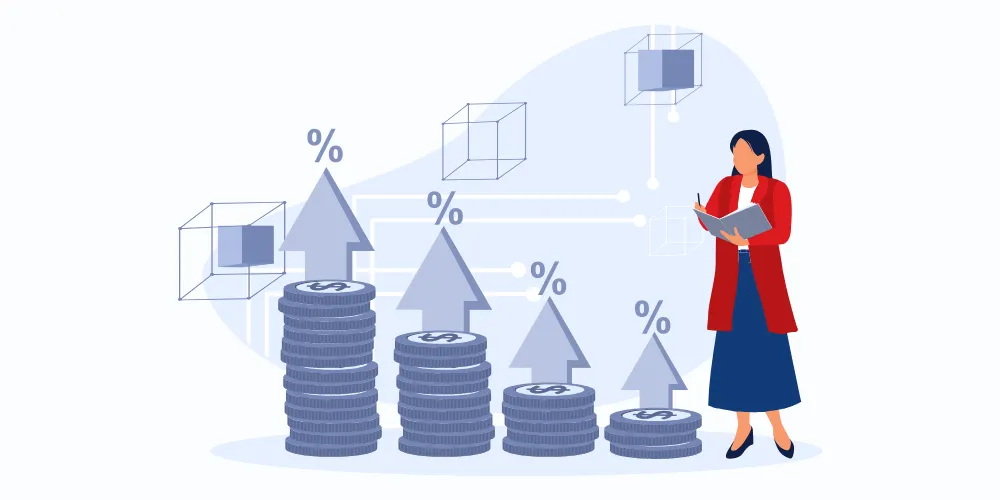The Curious Case of the Commission Button
- Permendra Pandey
- Aug 04, 2025
- 4 min read
- Last updated on Sep 17, 2025
Introduction
The title sounds familiar, right? It’s not a coincidence — but let me explain where this is coming from. You must have heard of the movie The Curious Case of Benjamin Button, where the story flips the natural course of life. Benjamin is born old, wrinkled, fragile, and tired — and as the years pass, he grows younger, stronger, and more agile. It’s a strange concept, but a memorable one. What if systems, not just people, could follow that kind of path?
Now, think about your incentive or commission process. Oddly enough, many of these incentive programs are also “born old.” They begin with spreadsheets, manual trackers, and outdated processes that already feel worn out from the start. Instead of being agile and dynamic, they creep along, consuming time and eroding trust.
But here’s the plot twist — unlike Benjamin Button, these systems can age in reverse.
With the right tools and automation, what begins as a slow, error-prone process can become faster, smarter, and more transparent over time. The transformation is real, and it’s not fiction.
This is the curious case of the Commission Button and how modern organizations are pressing reset on legacy incentive programs to reveal a younger, more powerful version of sales commission management.
Born Old: Legacy Ledgers & Excel
Most incentive programs start off already feeling outdated, built on endless Excel sheets, manual tracking, and paper trails. It’s a bit like Benjamin Button entering the world with a typewriter in hand! These legacy processes are error-prone: nearly 90% of spreadsheets contain at least one mistake, so that a single bad formula can send your whole comp plan into a spiral of confusion.
Finance teams often end up spending hours fixing it. Sales reps catch on quickly – in fact, 75% of reps don’t trust they’re paid correctly under such clunky systems.
- Excel Emperor: Legacy Excel sheets age your incentive plan. One wrong entry, and it all crumbles.
- Time Tax: Manual tracking eats up valuable time. Estimates show that finance wastes about 12 hours a month managing spreadsheets – time that could be used to fuel strategy, not grunt work.
- Trust Issues: With so much manual fudging, sales lose confidence. No wonder three-quarters of reps “don’t trust they are paid fairly” under a spreadsheet system. Born old indeed!
First Steps: Dashboard Baby Steps
Finally, companies grudgingly admit they need a basic dashboard and reporting tool, which is a fundamental requirement. It’s like teaching Benjamin to toddle: slow, a little wobbly, but better than nothing. These baby steps impose a bit of structure. A simple dashboard lets you see totals at a glance, eliminating the need to toggle through 100 tabs, and it catches obvious errors early. This newfound clarity reduces confusion and helps rebuild trust. Even early automation provides sales and finance teams with a shared view of the truth.
- Getting Organized: A dashboard turns messy data into clear visuals. Instead of getting lost in endless cells, the team can now track progress and spot top or low performers at a glance. This sparks realization: “Hey, maybe we are on track,” which is a huge morale boost
- Spotting Errors: The first reports highlight gaps. Manual mistakes stand out in red alerts or failed calculations. With real-time visibility, these tools eliminate blind spots, providing a clearer and more trustworthy view for everyone involved.
- One Foot on the Ground: The structure is in place, but you’re still leaning on the Excel crutch. A commission system might not be perfect. Although some manual work is still involved, it represents a clear step forward. Revenue Operations and Finance encounter fewer issues, and the sales team finally gets some breathing room.
Progress, Not Perfection: Embracing Smarter Tools
Eventually, organizations are drawn to technology. Think of Benjamin falling for Daisy – except now it’s sales ops falling for automation. They bring in real commission software, integrate CRM data, and utilize intelligent calculators. Suddenly, every change is easy, every what-if is instant, and everyone can view their own pay progress online.
Studies show that when companies switch to commission software, “sales reps trust their compensation plans more”. At this stage, the team is fully engaged — dashboards are dynamic, insights flow effortlessly, and everyone clearly understands how their pay is calculated. Confidence grows, and so does motivation.
- Commitment: Automatic calculations replace error-prone Excel math. Each sales rep can log in and view their tiered payouts or bonus updates in real-time. The murky spreadsheet room now feels like a live dance floor with everyone in sync.
- Transparency: Tech removes the mystery. Everyone knows exactly how commissions are earned. This aligns efforts – reps target the right deals, knowing the reward is there. Finance can audit and adjust instantly. As one guide notes, automation “eliminates errors” and streamlines the entire process, benefiting the whole team.
- Alignment: More than numbers, the system ties comp to goals. Bonus structures are visible, dashboards tie to company OKRs, and the sales force starts marching to the same beat. (Benjamin Button’s heart would swell at how much these teams care about their incentive plan now.)
Rebirth as a Child: Agile & Automated
Finally, the program is reborn — agile, youthful, and full of potential. No more cranky old methods: everything is cloud-based, intelligent, and scalable. Errors disappear (automation literally “eliminates errors from manual calculations”), and updates happen in real time. Finance can tweak plans on the fly, RevOps forecasts with confidence, and HR is pleased with happy reps. The incentive system is now like a carefree child: light on its feet, infinitely adaptable, and blissfully unburdened by its past.
- Limitless Growth: With automation, adding a new product, territory, or promo is child’s play. The system simply grows without a fall-over. No more one spreadsheet per rep; everything stays in one platform.
- Data-Driven: Full 360° data flows in. Leaders see dashboards of forecasts and attainment, not just after-the-fact pay slips. (One expert notes that these tools give real-time visibility, turning “find out later” into instant feedback)
- Confident Commission: Trust is restored. Finance approves early, reps see what they’ll earn, and both sleep better. The once-ancient system now thinks and moves like a kid – spry, eager, and ready to learn.
Conclusion
Just like Benjamin, your commission process doesn’t have to grow old with time. It can do the opposite — shedding outdated habits, gaining clarity, and becoming more intelligent and trustworthy along the way. From dusty ledgers to dynamic dashboards, from frustration to foresight, this evolution isn’t just curious — it’s critical. If your incentive program feels like it's aging in dog years, maybe it’s time to hit the reverse button. Your team, your time, and your trust deserve better.




